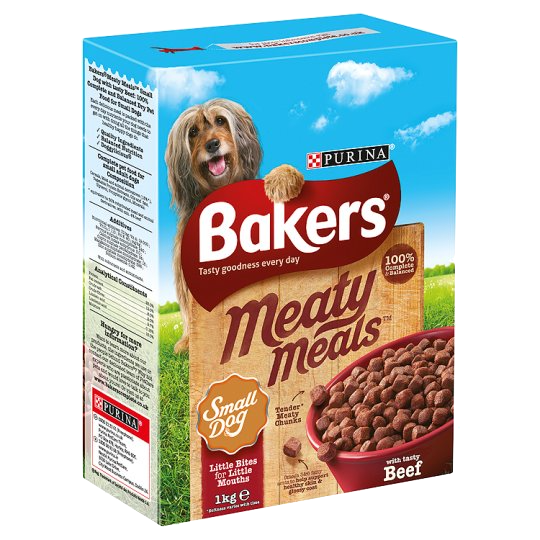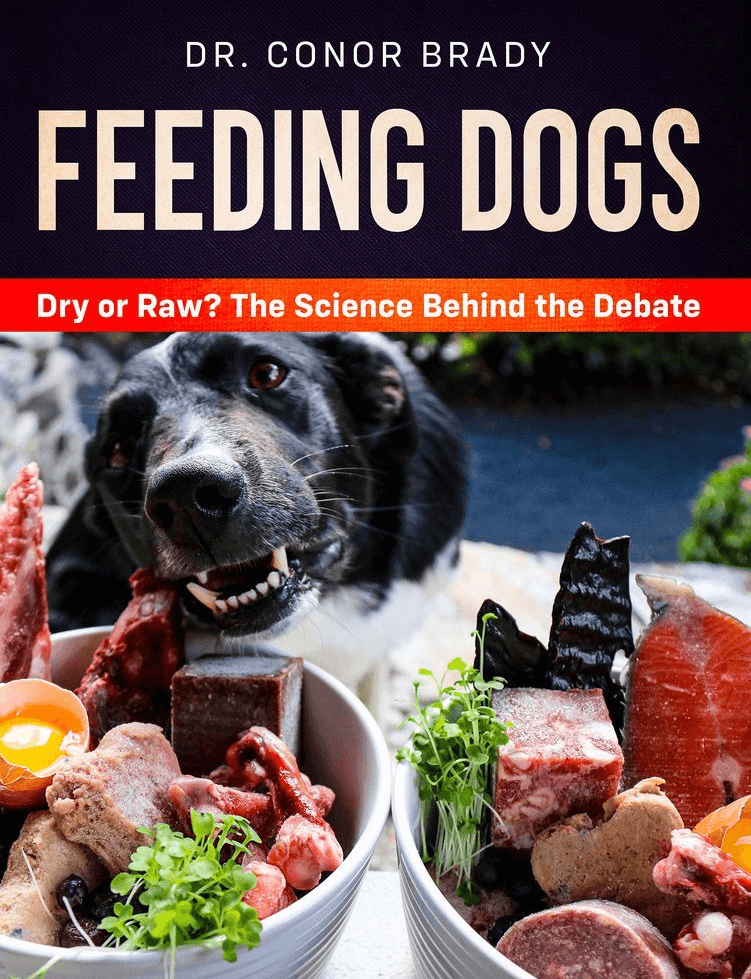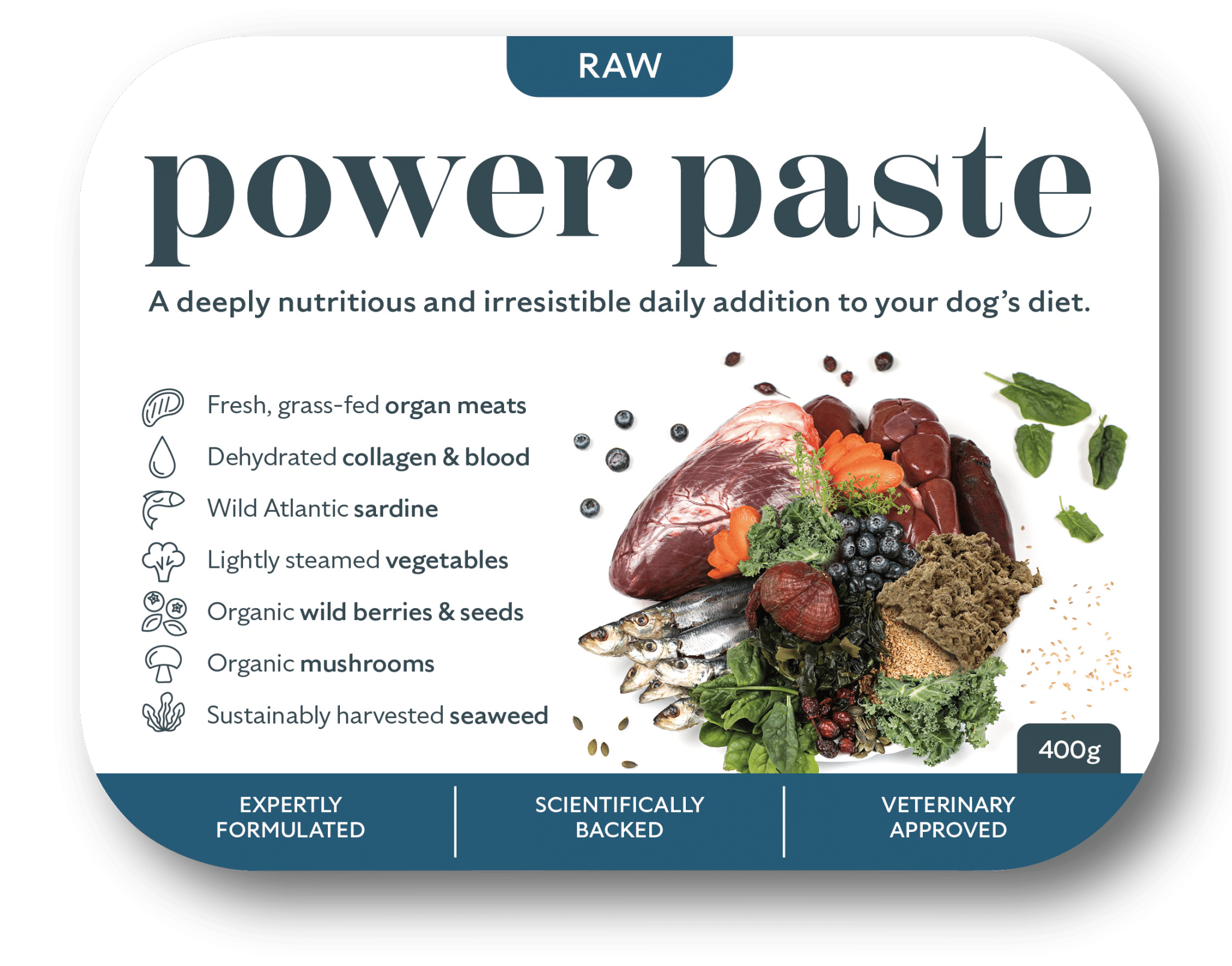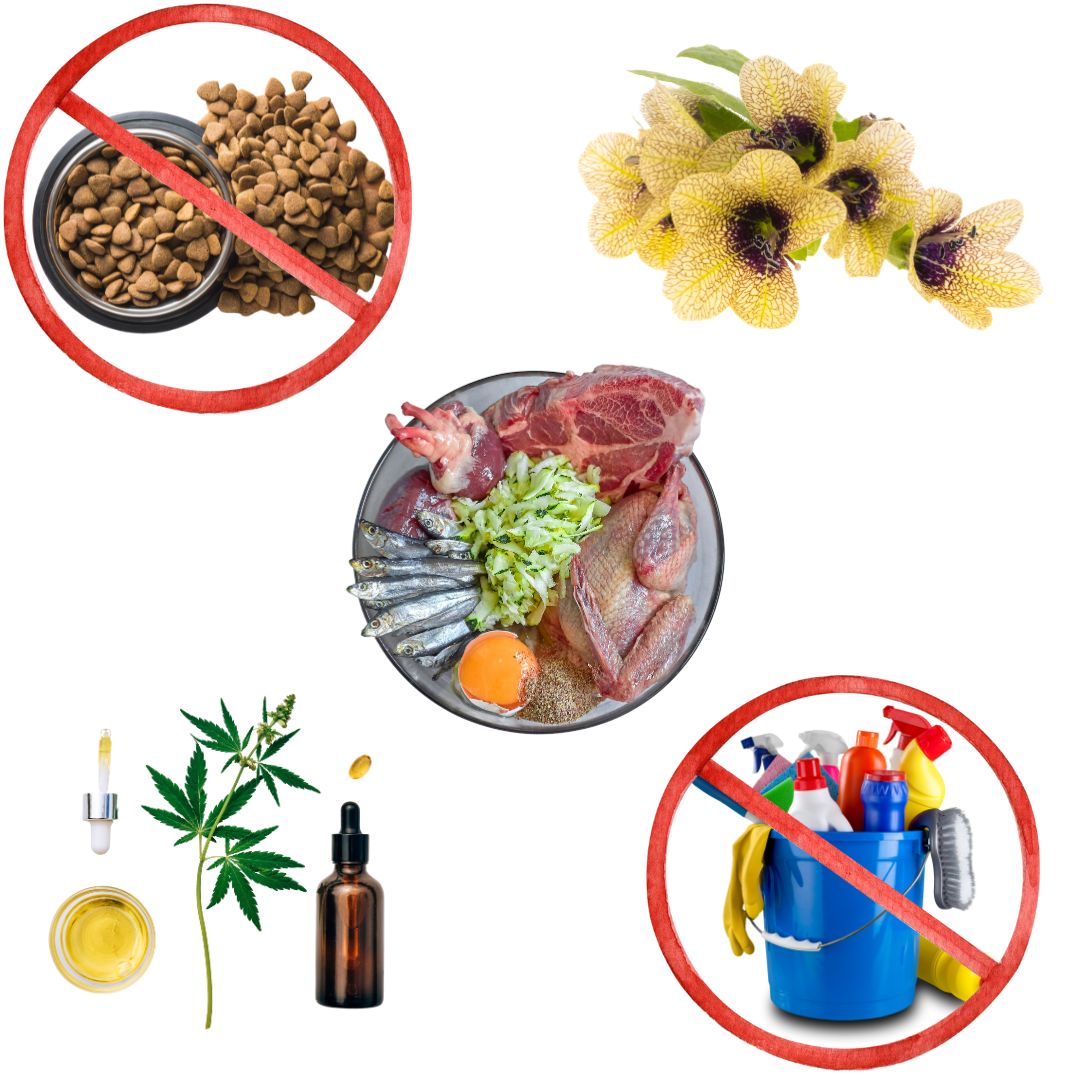I was in with a vet some weeks ago, doing a friendly bit of nutritional re-education. A question popped up about Nestlé Purina’s new way of stating how much meat is in their dry food…
This was a new one to me but then, let’s face it, only a fool would say they were on top of all the shenanigans in labelling requirements in Pet Food Land. Let’s take Bakers Complete (the UK’s favourite complete dry food, if you can believe) “Meaty Meals” as an example of the most recent trick. This product is 15% “meat”, specifically “meat and animal derivatives”, which is their way of saying a mix of animal material arrived to their plant and they’ve no idea what it specifically was.

The ingredients read as follows:
Cereals, Meat and Animal Derivatives (15%,1), Vegetable Protein Extracts, Oils and Fats, Glycerol, Propylene Glycol, Minerals
(1. Equivalent to 30% Rehydrated Meat and Animal Derivatives, with min. 4% Beef and min. 26% Meat)
And the product is described as:
- 25% smaller meaty chunks
- Tender meaty chunks
- Full of meaty taste – none of the mess!
- 100% balanced & complete
- Delicious meaty chunks for great enjoyment
If we deal first with the description, it is hillarious on all counts! The label specifically says 15% “meat and animal derivatives” and in the description now it’s 25% “tender, meaty chunks” for “great enjoyment”. I’m not sure who they think enjoys this or if they compare the enjoyment factor to say a dog eating a sausage?! Perhaps they mean 25% of the kibble is smaller pieces of cereal-based kibble with a bit more water, making it more meat-like? How do make some of the kibble hold more water in this product, giving it that desirable meat-like appearance? Propylene glycol (the chemical used in anti-freeze). Lots and lots of propylene glycol. When we know a moderate amount of this substance can cause all sorts of issues in humans ranging from acidosis, Central Nervous System depression, coma, hypoglycemia, seizures, and hemolysis, we are left asking, how much is safe in pets? Or even, how much of this stuff are they consuming per day?! You won’t know, as with cereal and carb content, the dose isn’t mentioned.
The questions the young vet had was in relation to the second line of the ingredients – how can it be 15% meat and then “equivalent to 30% rehydrated meat”.
What’s happening here is that they have included their meat and animal derivatives in the form of meat-meal without specifically stating it as such.
I contacted Nestle Purina about this very point. They got back to me with a bit of a convoluted answer that ended by explaining to me that it was meat “in it’s concentrated form”. Yep, no idea either. So I pushed them, is it meat meal or not? They replied:
…yes this is another way of saying ‘meat meal’ as meat meal is a dried end-product of the cooking process known as rendering.
Now that that’s established you may be wondering why they try so hard to hide that fact. The problem for pet food manufacturers in the lower end is that nobody wants to be giving meat meal anymore, it’s just so damn cheap the industry is addicted to it. Sadly for them, the public is cottoning on to how dreadfully poor a “meat” source this stuff is and is trying to avoid it in products (learn more about the origins of meat meal here). So pet food manufacturers (and their “regulators”, learn more about pet food regulation here) are permitting some label changes to be made. For example, instead of stating “beef meal”, manufacturers are now allowed to say “dehydrated beef”. While most of us associate dehydration with gentle water removal, a brilliant if an expensive way of preserving treats, you have to give it to them, it sounds much nicer this way. Who said you can’t polish a turd?!
They then add on the “rehydrated” bit underneath the ingredients as, presumably being a powder, it has the water removed. If you were to add the water back into it, making it look like “real” meat again (which is 60-70% water), then your 15% of meat meal is actually the same as if they used 30% “meat”! This reads a bit more impressive now.
Do you follow? If you don’t, don’t worry, that’s the general idea.
They are drawing your attention to the fact that the meat used was a dry ingredient. What they’re not doing is drawing your attention to the fact that maybe 50% of this product is DRY cereals (we don’t know for sure as they don’t have to state cereal or carbohydrate content on their labels, that would benefit them in any way whatsoever).
You have to hand it to them, what balls to not “re-hydrate” all the cereal flour back to its original form and telling customers how much cereal is in it! But don’t think for a second this is all that’s going on.
The pet food industry uses so many tricks to get garbage into their product they should be on Penn and Teller Fool Us…
Recently, Truth About Pet Food reported a veterinarian who was concerned that pet food labels might not accurately disclose the exact ingredients used in the pet food asked the FDA what is the required time frame a pet food manufacturer is required to alert the public to a change in the ingredient listing on a pet food label AFTER they had done so. The FDA responded
…firms should update labels as soon as practical. The FDA does not provide a set timeframe.
Right, I’m sure they’ll oblige immediately with the FDA breathing down their neck!
Another post by the wonderful Susan Thixton shows that they’re also trying to sort out the hassle that comes with their use of “human grade” meat ingredients. They want to state that, of course, but if they do they automatically have the USDA coming in and sniffing around their premises. You see, the USDA do actually inspect premises. Considering the absolute state of the US meat sector, you wouldn’t think this would be too scary but when you want in to include ingredients that are next to hazardous sewerage, it’s a worry. So, manufacturers, using their cash-rich lobby, are campaigning to get the term “edible” removed from the definition of Human Grade pet food. If they do, the link to the USDA is removed and the requirement to be manufactured under their inspection moves to the FDA who inspect your premises on average every ten years.
More pet food labelling tricks here. It’s literally endless.

So, we are left asking ourselves, is this meat meal or not?
I’m not tooting my own horn here guys but I’m good at reading pet food labels and seeing through the BS. I’ve been doing it for years. There’s a really easy way to tell if you’re reading utter BS and it’s this – if it’s written on a pet food label, your stance should be it’s utter BS until they can demonstrate otherwise. But even I’m struggling to understand what’s going on here. What hope has the average consumer? None.
What I do know is that this product constitutes lots of cereal, some mystery meat and a total and utter waste of your money and their health.
PLEASE STOP BUYING MEAT-LIKE PRODUCTS FOR YOUR MEAT EATER.
***












